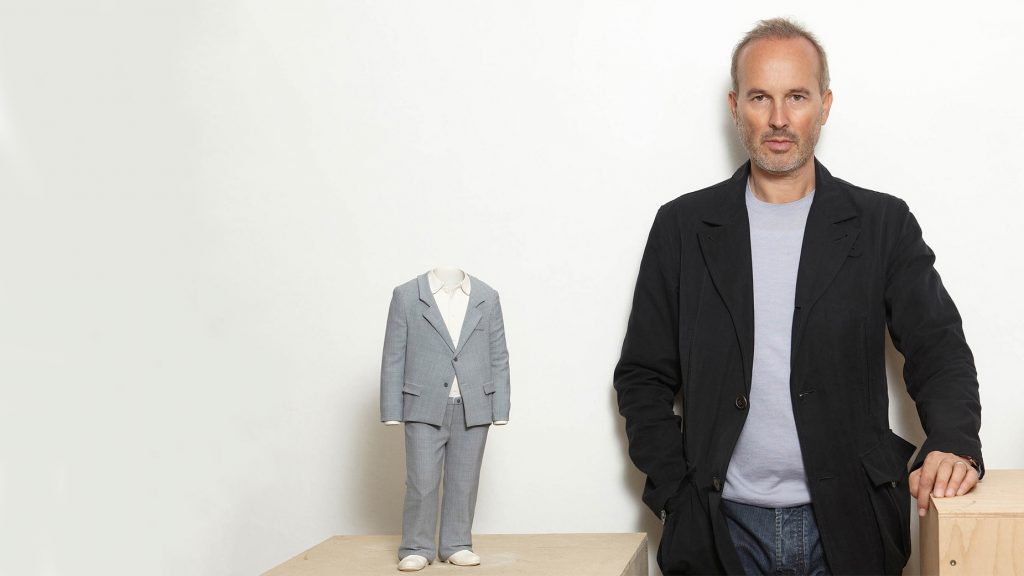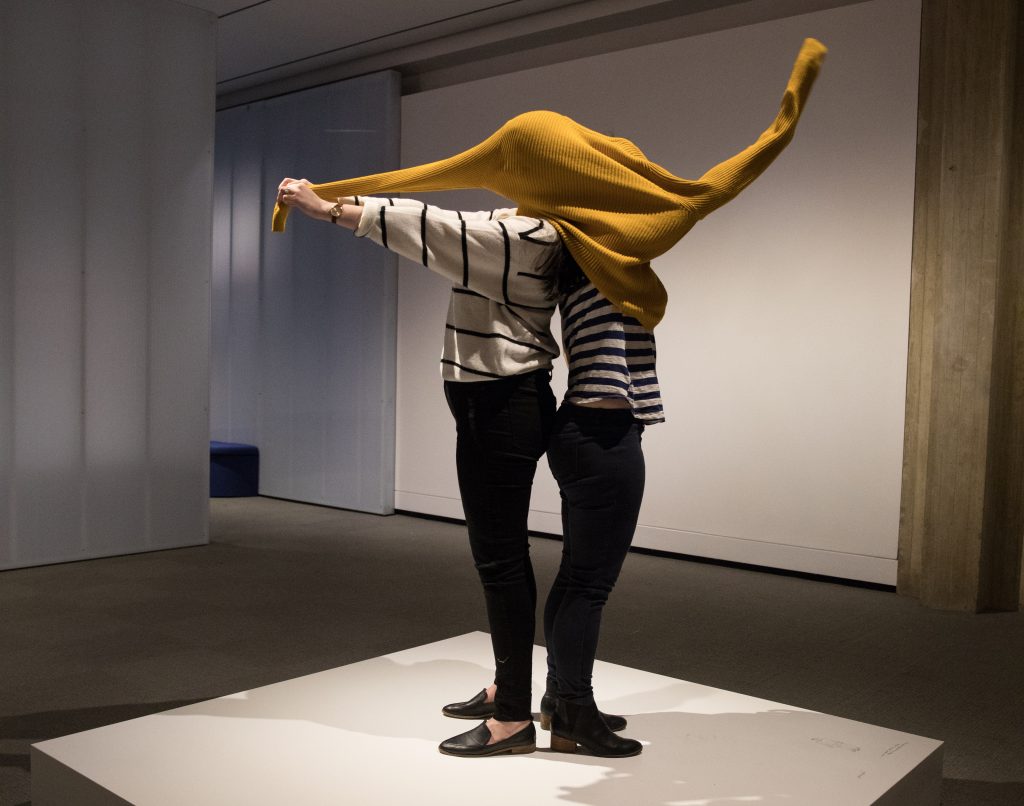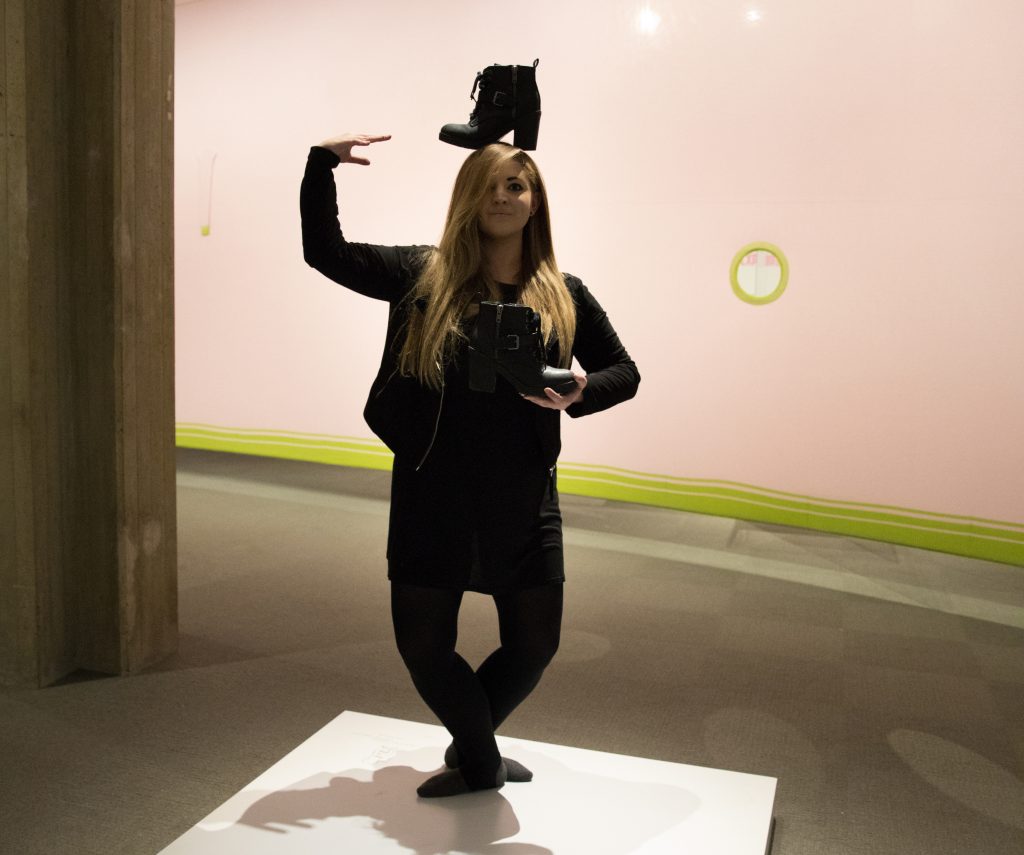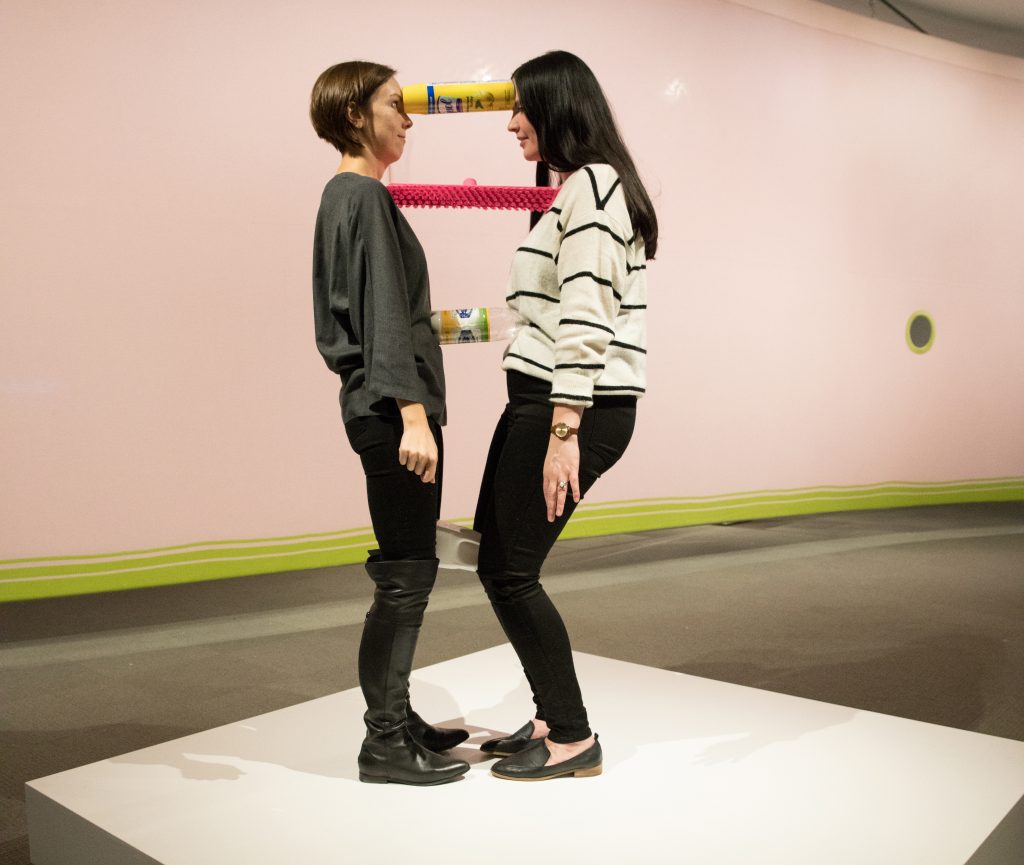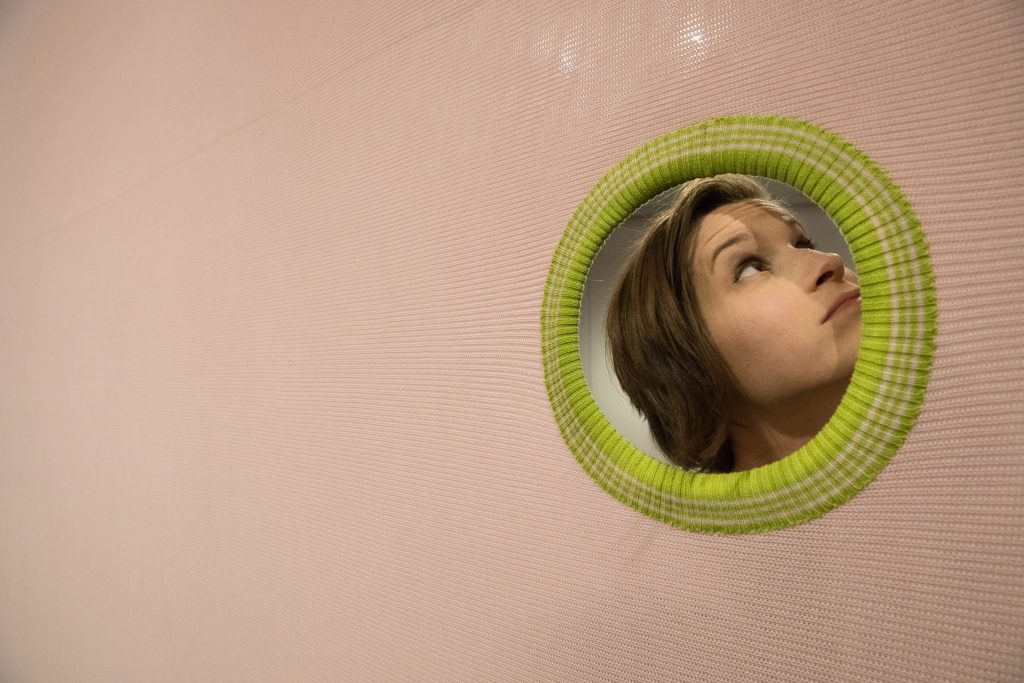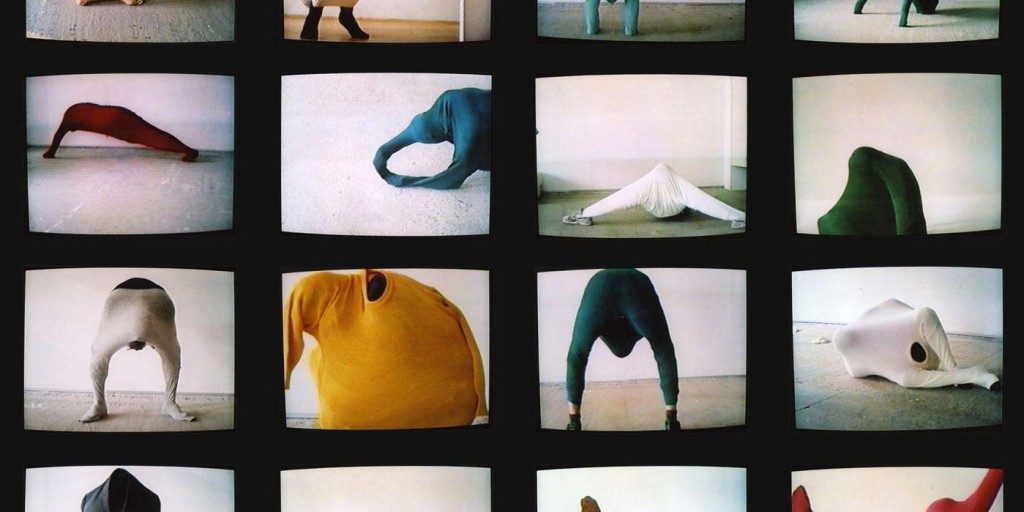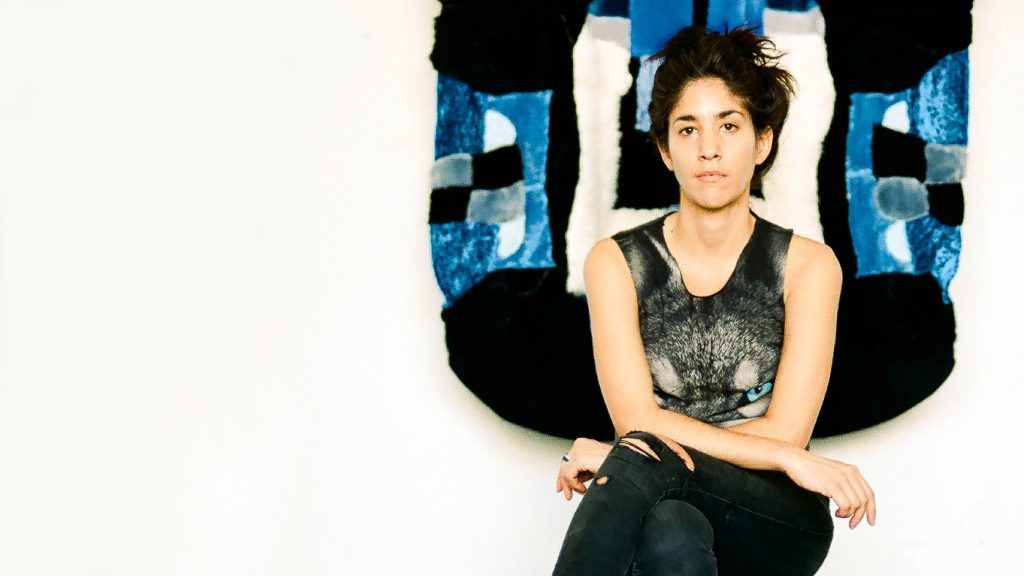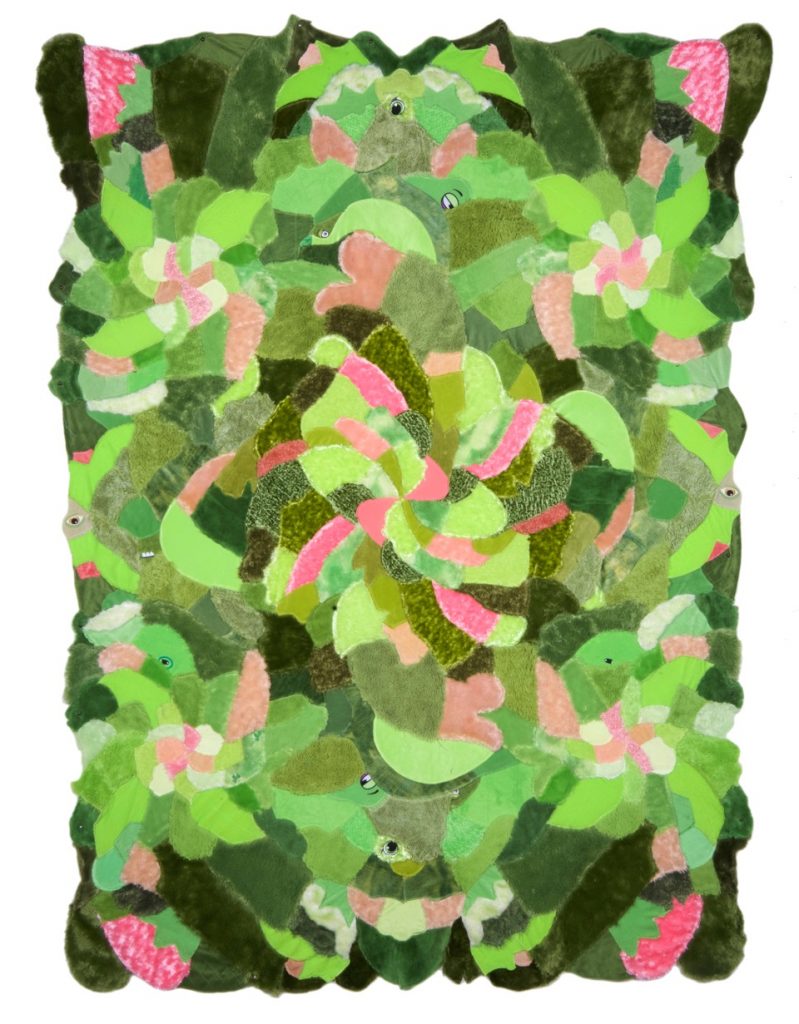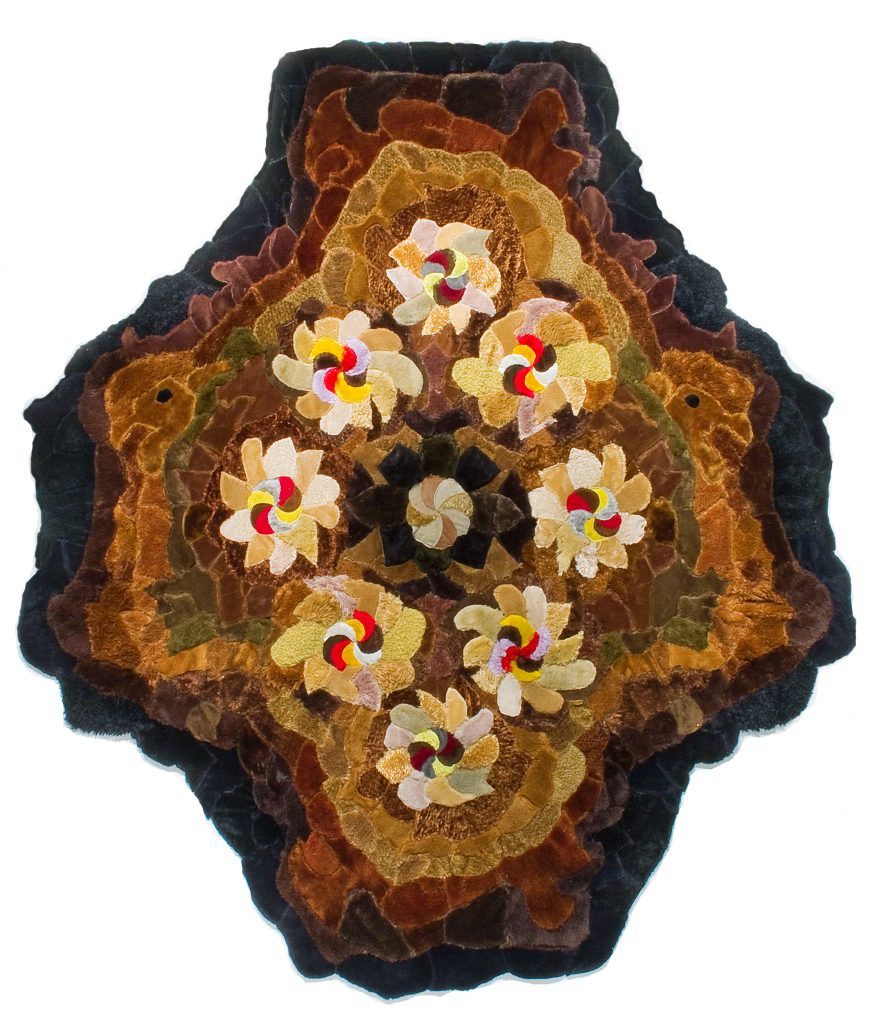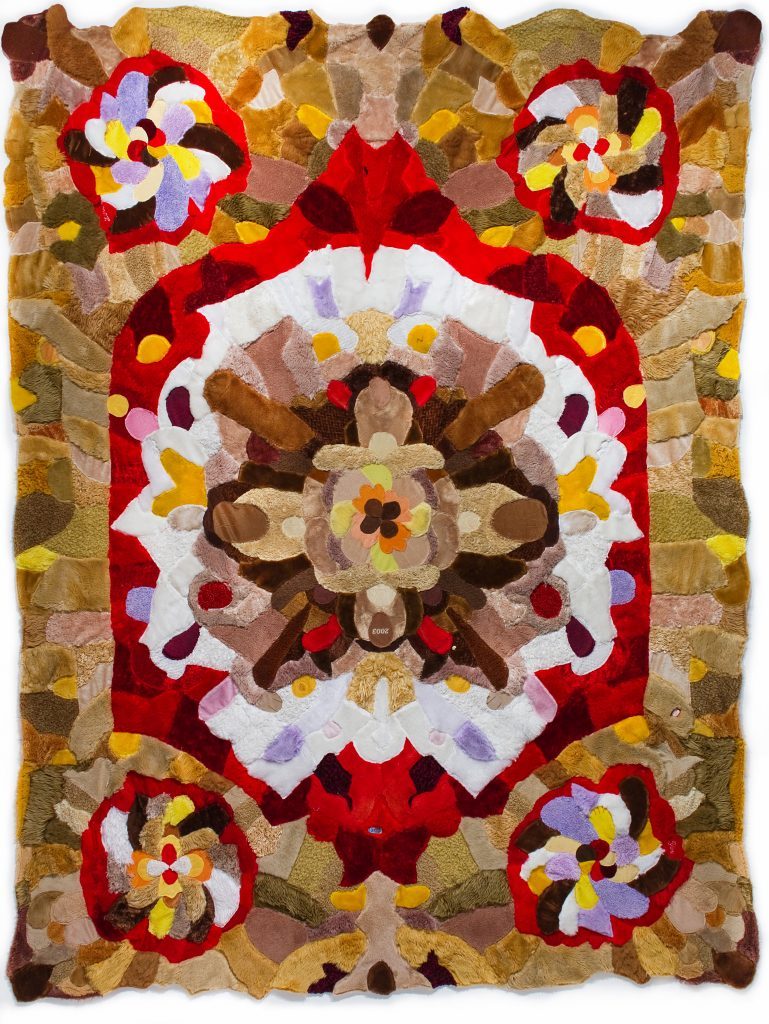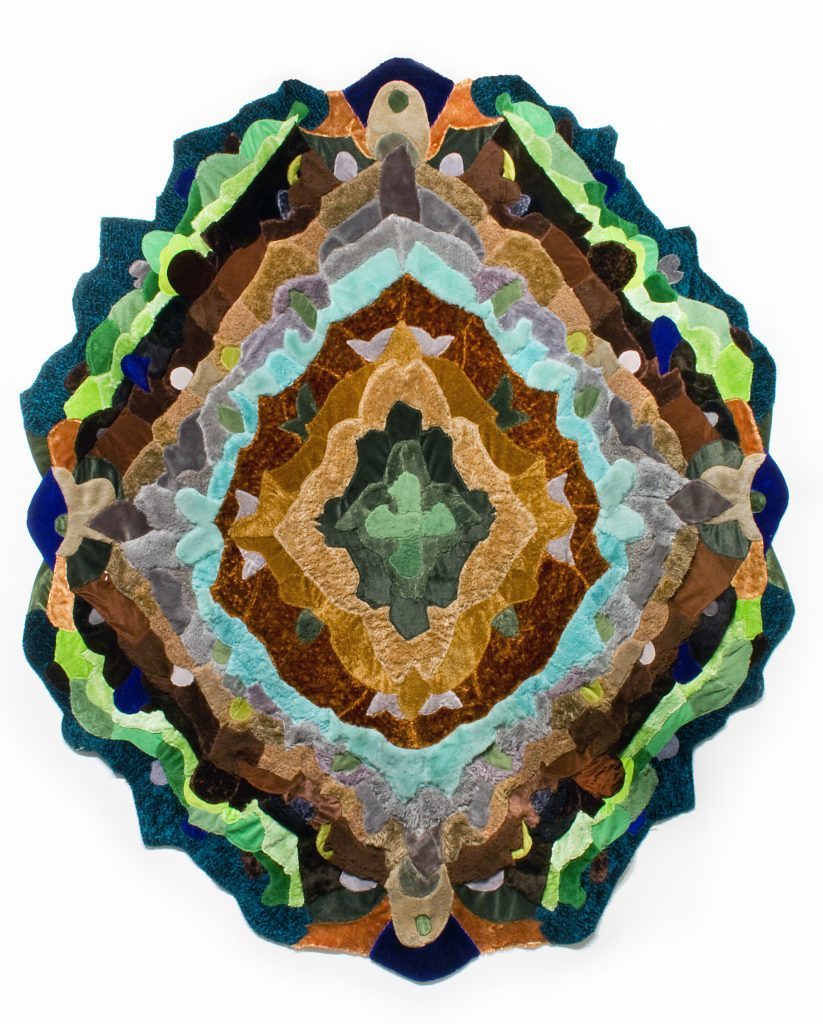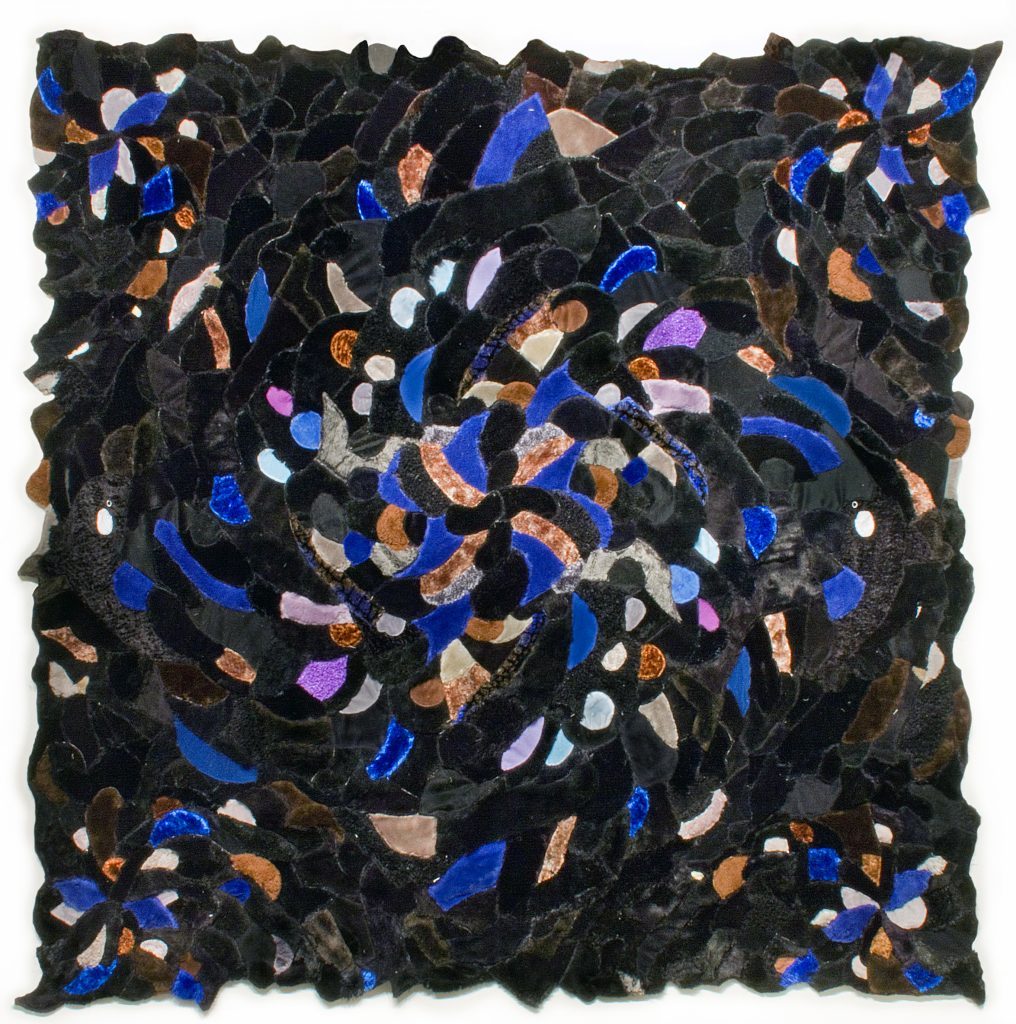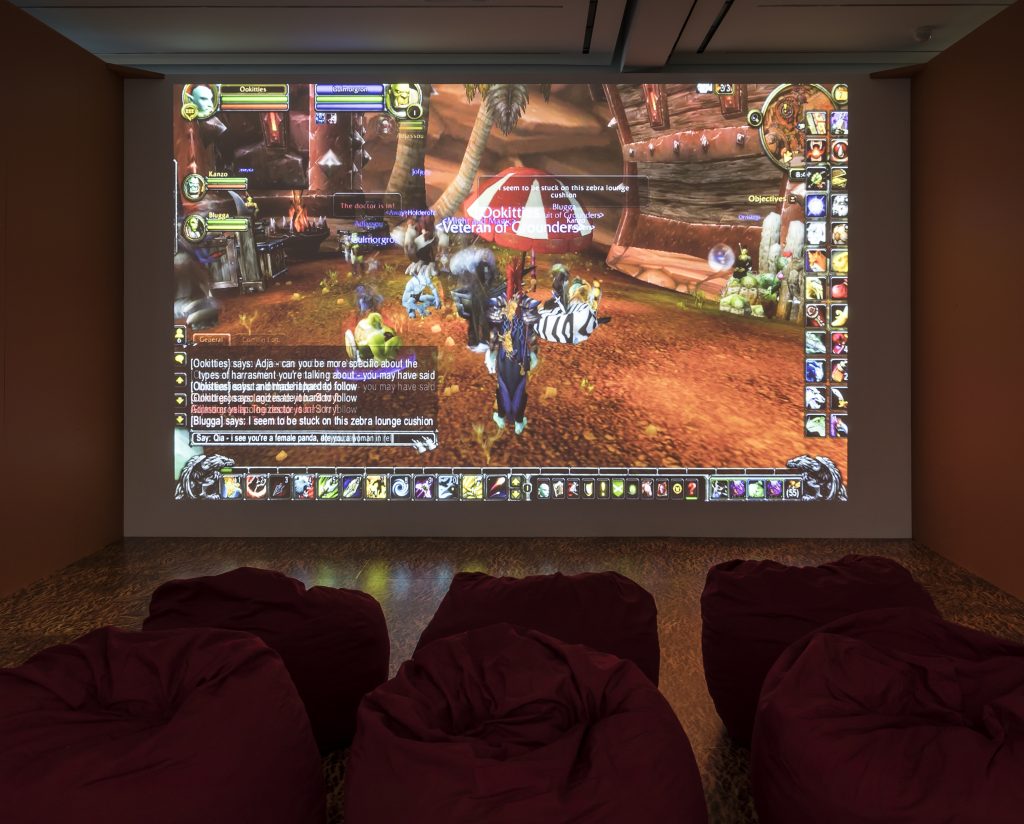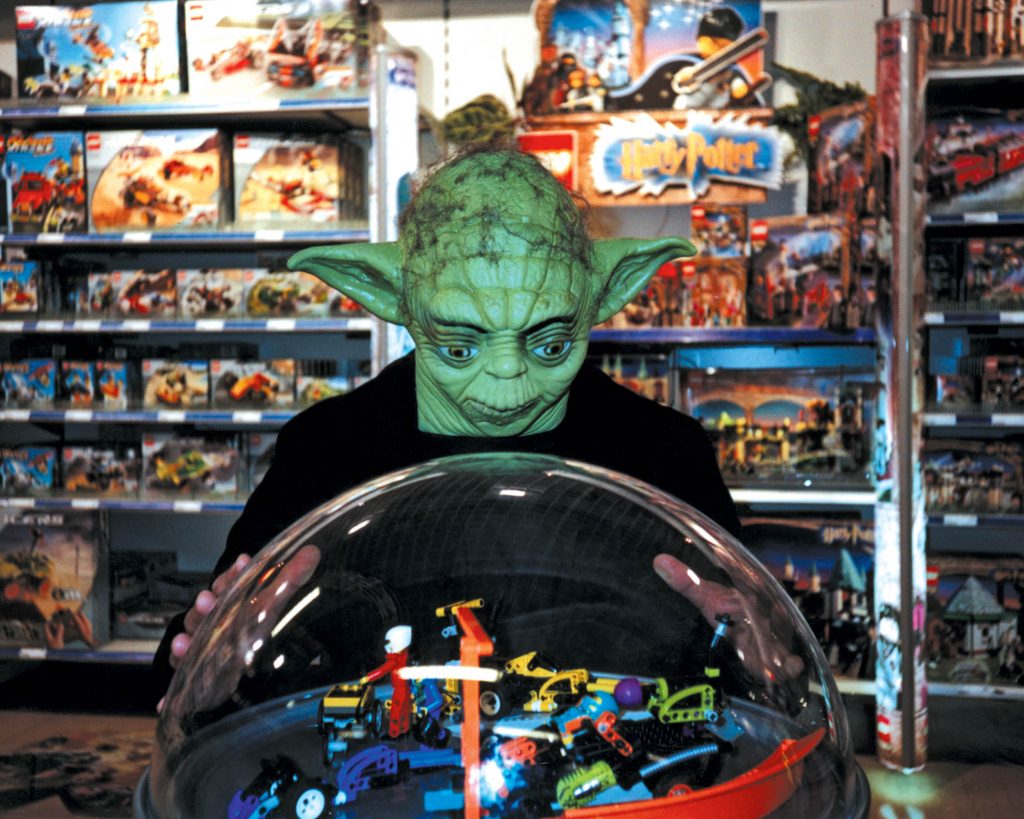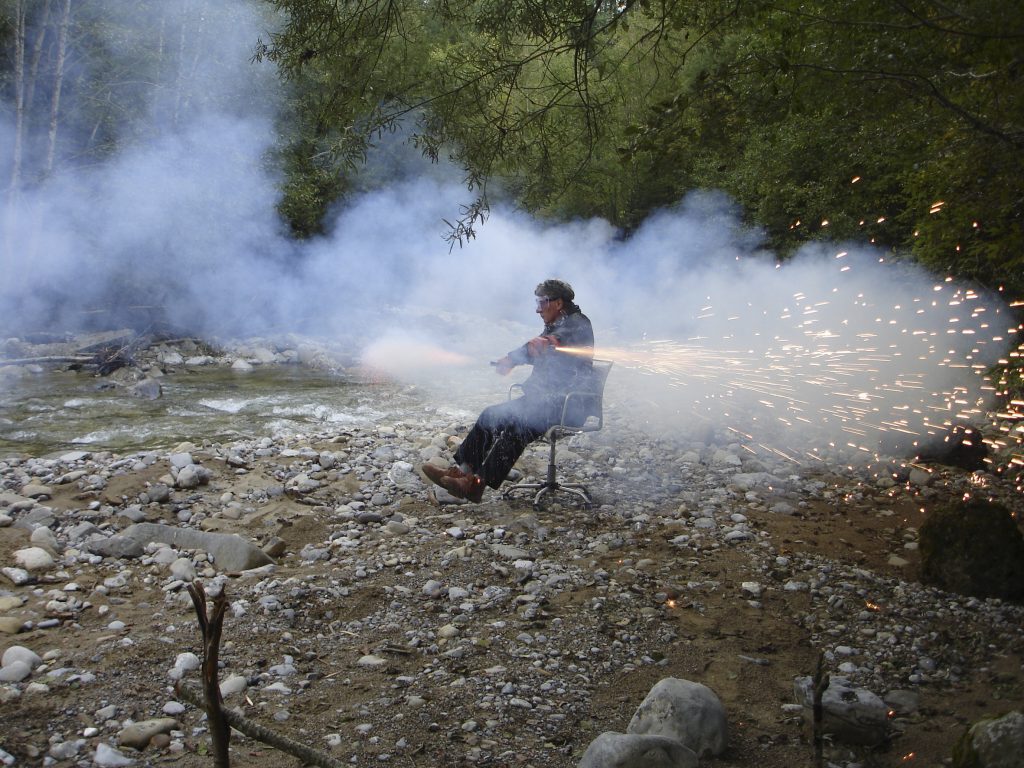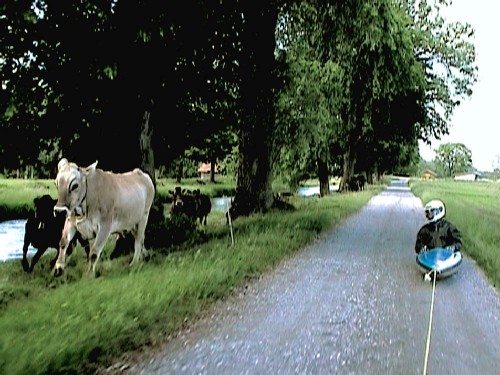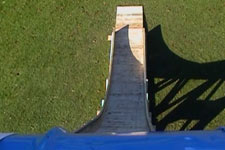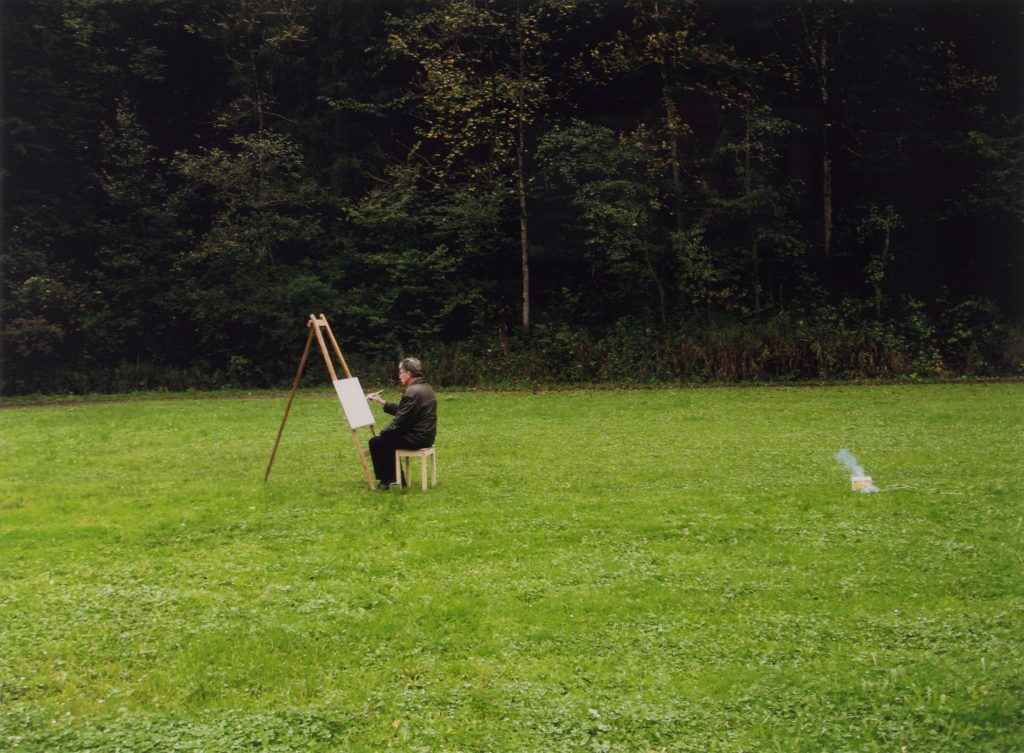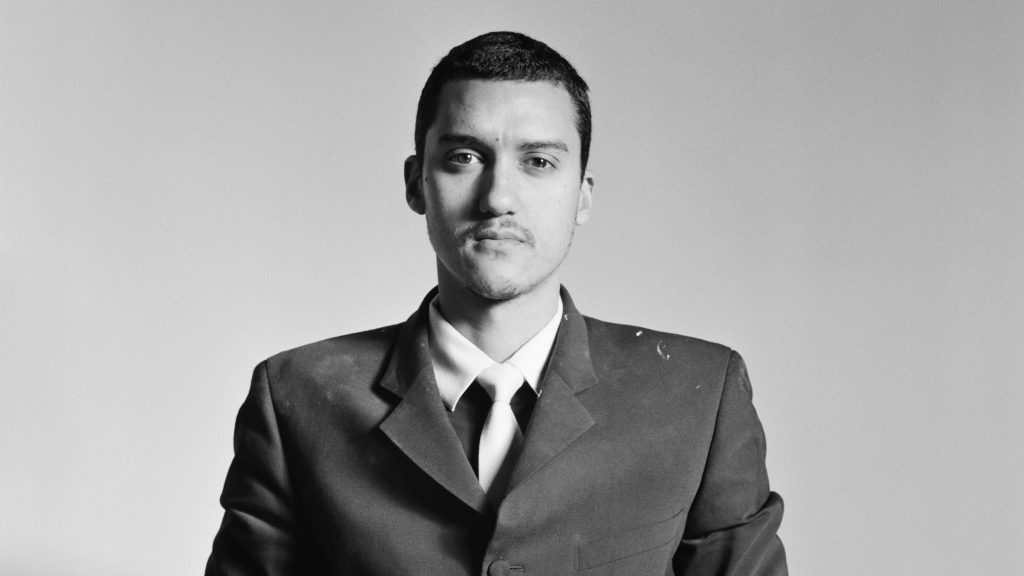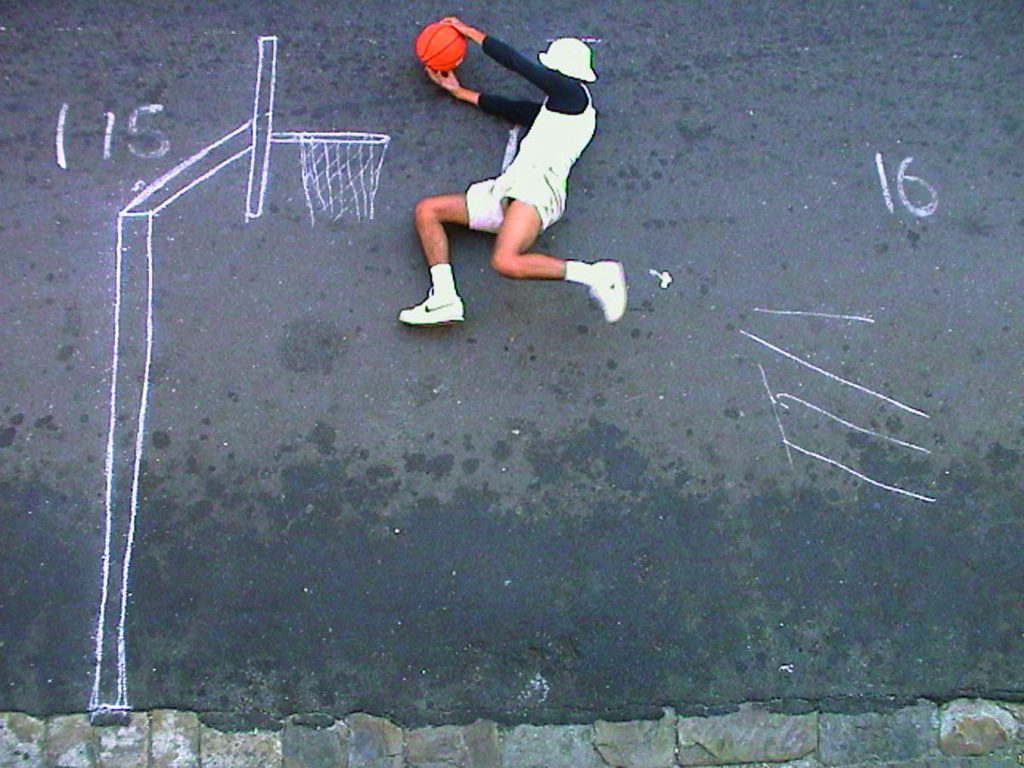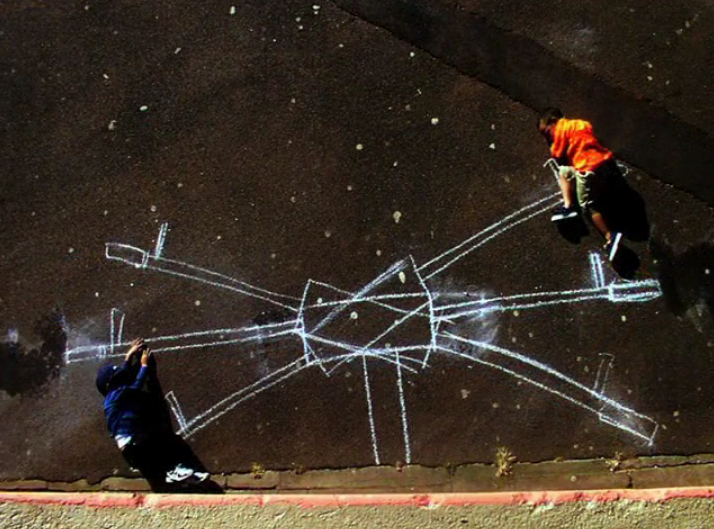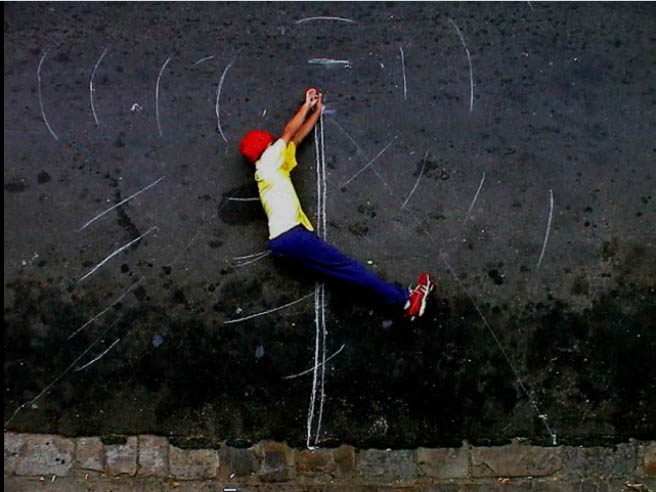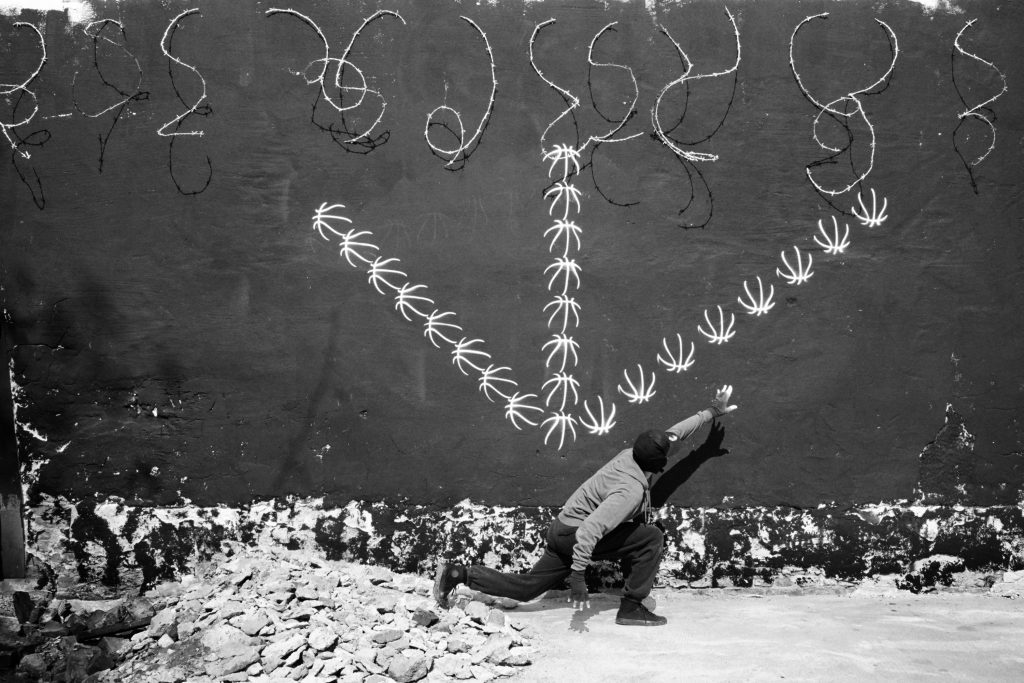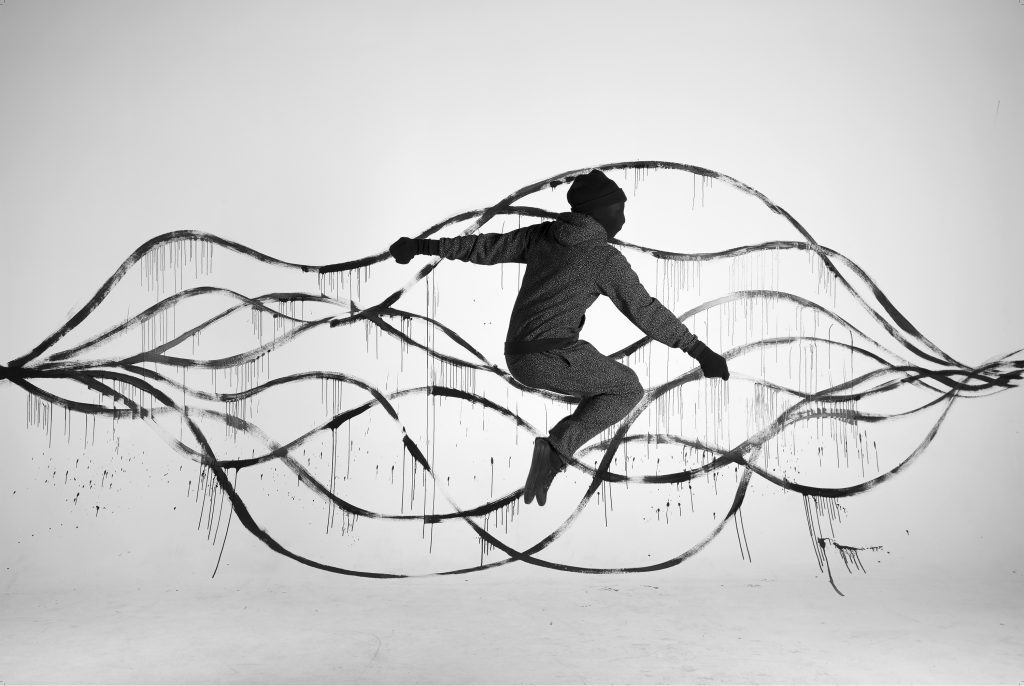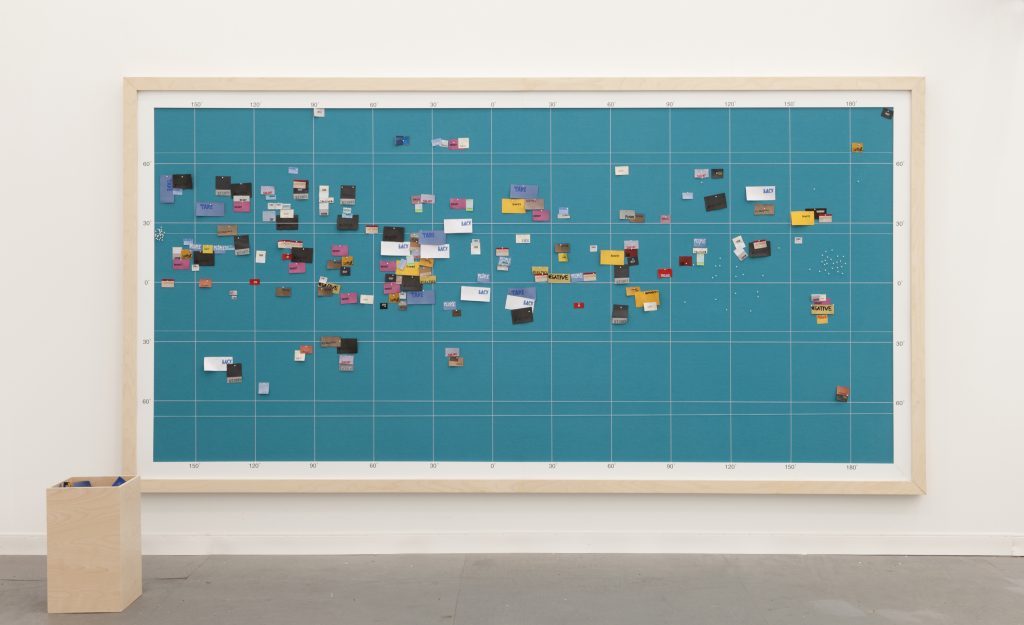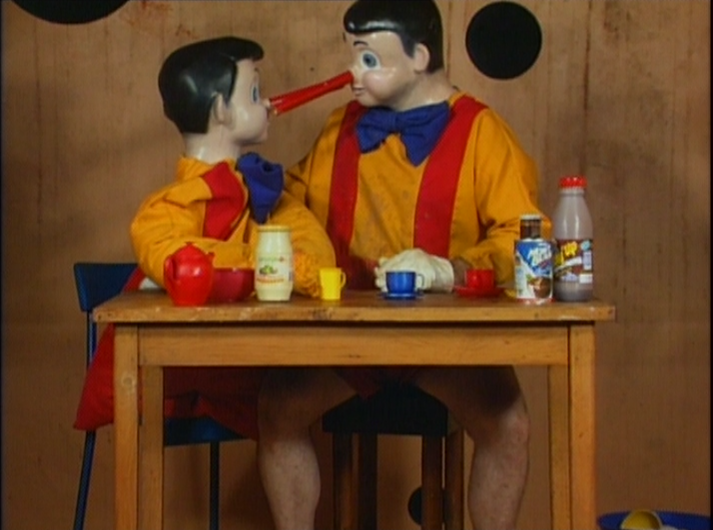This work was made two years ago in Osaka. This was one of my biggest pieces of work during this show. This piece of work is still very important for me as an artist. Let me explain to you how I came to create this series of work.
During the winter season in Kyoto, the scenery that I’m familiar with changed overnight. While I was walking in the snow, I happened to see a Mercedes-Benz and dog poo both covered in snow. I found this to be very interesting.
For this piece of work, I poured white resin on top of stacked daily objects. When the resin is poured continuously, it gradually forms the shapes of icicles.
I find it interesting how those daily objects have meaning on their own and start to lose their meaning. The white resin, which originally has no meaning, somehow starts to have connections with the objects. I find these two relations interesting.
This is one of my series White Discharge. The reason why I use the color white is because of its dual meaning in Japanese context—existence and nonexistence. So I use the word “white” often.
I have this image of white liquid poured on the objects, which somehow releases the object of its actual context.
The image in mind brings about the title of the series White Discharge. When creating the White Discharge series, the most important and fun part of it is to feel that I am doing something naughty constantly.
Return to the artist page.

